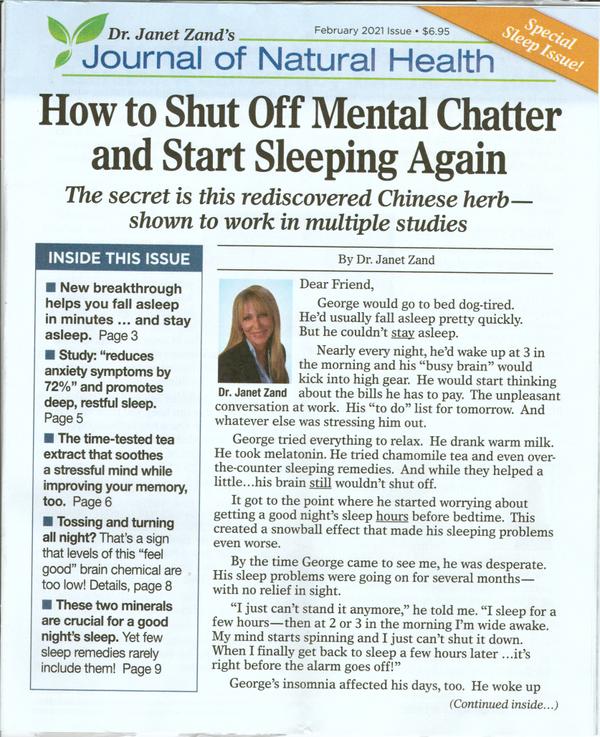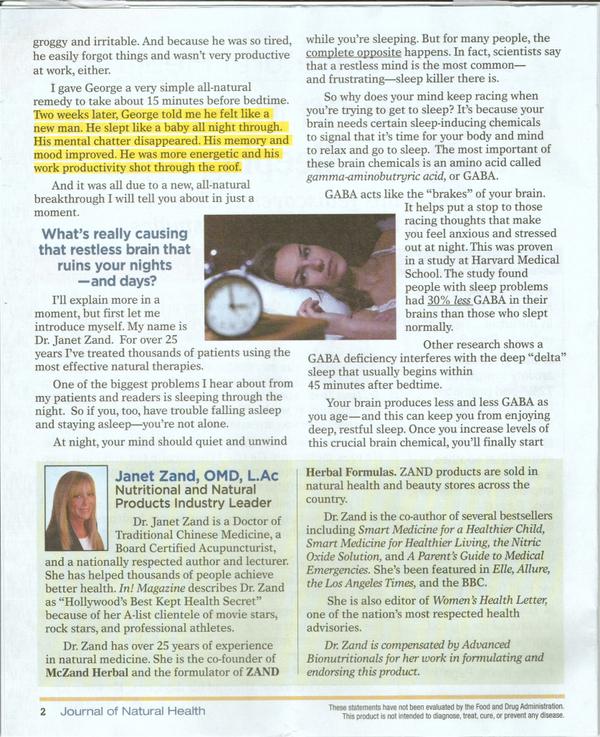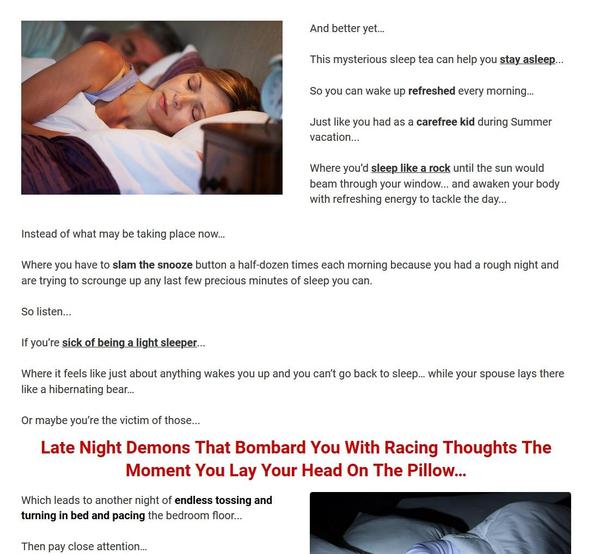What’s in Kim’s Mailbox?
After Sunday night’s Super Bowl game, I didn’t have any trouble drifting off to dreamland.
It wasn’t that exciting of a game, after all…at least the second half. It got a bit boring (and sad) watching Patrick Mahomes get knocked about like a rag doll as his teammates racked up penalties.
Plus it wasn’t like I was rooting hard for either team, though I find it’s always kind of fun to root against Tom Brady. But one has to RESPECT the guy’s training discipline and amazing ability to play at the highest level at the ripe old age of 43. (-;
So it wasn’t any huge shakes, not even the ads were that exciting. It wasn’t a “normal” Super Bowl at all, with a somewhat freaky halftime show…though I guess no weirder than everything else has been this past year.
That’s why afterwards I quickly fell asleep and slept deeply. But then, I woke up at 3am with the busiest mind I’d had in a long time.
Busy with thoughts of things to get done the next day… sudden brainstorms for things I’d been tossing around in my head…and an idea for an entire new business that could be huuuuuge.
I had to get out of bed twice just to wander over to my office and jot down all the notes and “to dos” and multi-million-dollar business ideas, so I wouldn’t lie there with anxiety worrying that I’d forget this middle-of-the-night (why can’t it happen during the day?) blaze of brilliance.
But after an hour or so of that crazy, restless, Mensa-level-IQ hour of brain busy-ness and mental chatter, I was able to fall back asleep and wake up rested.
Sleep is not normally something I have any problems with. But a lot of folks do.
Especially this past year with the pandemic upending everyone’s lives and adding a layer of financial stress and uncertainty (topped with an election year and a multitude of political and societal chaos)…it’s no wonder so many people simply can’t sleep.
And it’s making them exhausted, foggy-headed, forgetful, and unproductive…while wrecking their immune function and making them pack on even more COVID pounds.
It’s why sleep supplements have gone from being a “sleepy”, under-performing category to one of the hottest niches around.
Let’s take a quick peek at two very different sleep supplement promos that I know are working well right now…neither is one of my current controls.
The first is a magalog that I also keep seeing used as a sales page online. It’s for a product called Pure Sleep from Advanced Bionutritionals.
I’m pretty certain the same copy has been in use for at least 4 or 5 years now. So it predated the current COVID/crazy world stress that recent promos are leveraging.
Let’s take a look at the front cover of this “issuelog”-look magalog (complete with “Special Sleep Issue!” going across the top right corner and journal-like masthead to look valuable and not like advertising)…

Let’s start with the main headline. “How to shut off mental chatter and start sleeping again” calls out a widely-experienced problem and promises a solution. It stands out by using the prospect’s own words (“mental chatter”) versus sounding like everything else or like “marketing speak”.
The subhead copy hints at a unique mechanism while building in curiosity (“rediscovered Chinese herb”) and adding in proof (“shown to work in multiple studies”).
This is not some exotic “big idea”–it’s doing all the basics, but doing them right. Nor does it take the popular Clickbank tactic of a story-type headline…though the lead goes straight into a story.
But since it’s told in the third person (the spokesperson is obviously the doctor pictured), it would have required the story headline to be in the third person, which wouldn’t have been as engaging.
In any case, the story of George goes on for several paragraphs in the lead. It’s expertly crafted to cast a wide net and be relatable by as many people as possible, while still providing specifics and feeling real.
Meanwhile, the “table of contents” sidebar on the left side includes 5 intriguing bullets, each varying in structure and touching on various “side” problems, like anxiety and memory.
The story lead continues on page 2 (with the page break in the middle of a sentence so you have to turn the page to keep reading). Let’s take a look…

Note how the story lead shifts near the beginning of page 2. The doctor/spokesperson talks about how she gave George a “simple all-natural remedy” to take 15 minutes before bedtime (conveying a speed of result claim).
The copy that follows (the yellow highlighting was in the promotion, it’s not mine) demonstrates the product and the transformation it brought on…solving all of the problems and complaints presented on the front cover.
There’s a lot of great copy from here and it’s a strong promo to read through and study. The same copy from the main letter of this magalog is used in the product’s online sales page. You can find it here.
Now let’s take a look at another sleep promo that I hear is doing well on Clickbank and with other online audiences. It’s for a product called Harmonium Sleep.
Let’s take a look at what we see “above the fold” when we first land on the sales page…

Let’s “dissect” that classic, Clickbank-style main headline, shall we? It’s actually incorporating several tried-and-true tactics from back in the ancient direct mail days of lore.
That first part: “How the COVID outbreak” immediately connotes this is something current and newsworthy and connects it to something the prospect is already experiencing.
Next, “led to a shocking ‘backyard’ tea discovery” generates curiosity about a unique mechanism–the promise of something that may work where those countless alternatives the prospect has likely tried before failed.
Next, “that’s now helping thousands of exhausted, sleep-deprived 3 A.M. floor-pacers” is calling out the target prospect and making them feel, “this is for me!”, while also combining some social proof (that it’s helping “thousands”…)
And finally, “achieve deep restorative sleep in minutes” delivers the big overriding promise, along with a not-so-specific but appealing speed of result claim.
Now let’s look at the lead. It jumps right into romancing the unique mechanism, tying it again to something timely while giving it credibility by linking it to a study at a top-ranked medical school.
It then builds curiosity with “strange chemical substance hidden inside the brain”. “Strange” is a great curiosity-provoking word.
The copy does a great job of avoiding getting too “science-y”. Instead it uses an easily-grasped analogy (“stop sign” of the brain) to get across how this unique mechanism works.
At the same time, the copy implies that it addresses the real problem why you can’t sleep, unlike those other useless so-called “solutions”.
And take a look at that image. It’s supposed to represent the “backyard tea” being brewed over an open fire. But it reminds me more of the Hungarian Goulash I made in 4th grade over a campfire when I was in the Girl Scouts.
Don’t know if I’d want to drink something that lumpy-looking…I think the photo would be stronger if it looked a bit more like homemade tea.
Then that last crosshead on the page above goes back to the big overriding promise and speed of result claim before shifting into some great future-pacing copy as the lead continues…

But all is not happy just yet in “snooze-ville”. The copy then shifts back to the grim reality the prospect is likely experiencing now without this breakthrough solution…
And agitates the prospect’s biggest pain points…
And then ups the drama from there with “late night demons”…
And the ellipse torture continues…
Because multi-line paragraphs are HARD…
Okay, I’ll stop. I do know these shorter-line sentences and paragraphs work well, especially with less health-educated or sophisticated audiences online.
And by that I mean, they’re not typically the same (usually older) audience who pays to subscribe to a print health newsletter, enjoys reading, and likes understanding the science…and has likely been following supplements and alternative health for decades.
The key is regardless of which audience you’re writing to, you need to keep them engaged and interested…and know what kind of proof and how much of it you need to pile on in order to convince them that your product will work for them.
You can read the rest of the Harmonium sales page promo here.
I hope this breakdown of two successful but very different sleep promos and their approaches to their headlines and leads is helpful.
You can definitely apply these takeaways to whatever product or niche you’re writing copy for!
Yours for smarter marketing,
Kim
P.S. If you know anyone who would find these “What’s in Kim’s Mailbox” and Copy Insiders emails valuable, and for some crazy reason they’re not already on my list, send them on over to this link: www.CopyInsiders.com so they can sign up!
I also invite you to share the Copy Insider love on social media as well, as long as you mention my sign-up link!